Making Roads More Inclusive
Imagine a world without roads. At first, it might seem like a minor inconvenience: maybe you’ll have to traipse through a field to reach school or take a short hike through a forest to get to work. Upon closer inspection, a world without roads would quickly fall apart. The local grocer would not receive his supplies, vegetables could not be transported from neighbouring cities or states. Sick or injured individuals could not be accessed by ambulances, firefighters would not be able to respond to emergencies. In today’s interconnected world, even a short strike or road closure brings the whole system to a grinding halt.
A comparison often drawn is, like the body only functions because of the movement of blood through arteries and veins, civilisations only function because of the movement of people and goods on roads. However, our cities are not simply nodes for vehicles to pass through: they are places of human interaction, connection, and community. The road system we currently have only caters to vehicle users that travel to and from isolated bubbles, despite them being a minority in many countries. The majority of developed cities worldwide prioritise private transportation over sustainable and public modes of transportation, barring a few European countries like the Netherlands and Denmark. It’s alarming to see that developing cities are blindly importing the same systems without a mind to its relevance.
Our roads need to be safe and usable for all. It’s high time to break away from the car-centric model and shift our focus towards sustainable and inclusive urban planning. This approach not only promotes healthy living and cleaner air but also facilitates better connectivity and accessibility for everyone, irrespective of their mode of transport. Access to mobility is directly connected to income inequality. Low-Income workers spend hours commuting everyday, cannot reach certain workplaces because of inaccessibility, and are disproportionately affected by road accidents and road deaths. This creates a high friction economic environment that is difficult to impossible to escape. Safe and accessible roads allow for mobility, freedom, and opportunity.
Safety is the primary concern that deters people from using the roads. Roads and public transport are often unsafe for women and girls. The lack of safety is so normalised that family members often blame women for incidents of harassment and stalking, unhelpfully offering the advice, “it’s better you stay home,” further disempowering women. In 2019, a study published in The Hindu revealed that only 9% of women feel safe while using public transport. One of the primary reasons cited was the lack of road lighting, which makes them feel unsafe. Furthermore, sexual harassment cases against women are often reported at bus stands, railway and metro stations, and while waiting for public transport. According to mobility expert Kalpana Viswanath, better designs of bus stands with low boundary walls, proper lighting, and shops around them makes women feel safer. She also highlights the gender bias in mobility and transport, where the transportation system is generally designed from a male-centric perspective, despite women being the primary users of public transport. For instance, the grab handles in buses are fitted at a height that is not suitable for the average Indian woman.
Pedestrians and cyclists feel vulnerable due to the lack of designated cycle paths or sidewalks. Even when they do exist, motorcyclists often infringe on the demarcated bike lanes and cars can be found parked perched on sidewalks. Even before reaching the point of use, differently-abled people face challenges getting to public transport due to its unfriendly design. Bus and metro stations lack ramps and curb-cuts, there is a complete lack of visually-impaired friendly design, lack of elevators make reaching platforms impossible. On board, there are no provisions for harnessing wheelchairs, ramps to board buses, or railings to hold onto inside modes of transport. Approximately 15% of the world’s population has some form of disability, and by 2030, it is estimated that almost 46% of people over 60 years old will be classified as people with disabilities.
There is an intersectionality to all of these problems that significantly increases a person’s discomfort on the roads. People who belong to marginalized communities and identity groups face compounded experiences of discrimination, harassment, and violence on the roads. People from Low-Income groups are more likely to become disabled after a road traffic incident and then have to enter a public transport system that has no provisions for them. The people with the least resources are pushed further out of our cities due to their lack of physical access.
The emphasis on ‘building roads and streets’ in election propaganda is not without reason. In our current economic system, roads are the fundamental pillars of growth and development. They facilitate connectivity and enable access to places of employment, education, and healthcare. In other words, roads bring opportunities. When certain sections of society start using the roads less, they miss out on these opportunities and the economy becomes increasingly lopsided, with the gap between the haves and have-nots growing wider. We need to be on building roads for people, rather than just for vehicles. It is important to create an inclusive road network that caters to the needs of all individuals, irrespective of their mode of transport.
ALL CONTACTS
- C-157, Anand Vihar, Vikas Marg Extension, Delhi, India, 11009
- Office +91-8826865797
- raahgirifoundation@gmail.com
- Copyright All Rights Reserved : Raahgiri Foundation
- raahgirifoundation@gmail.com
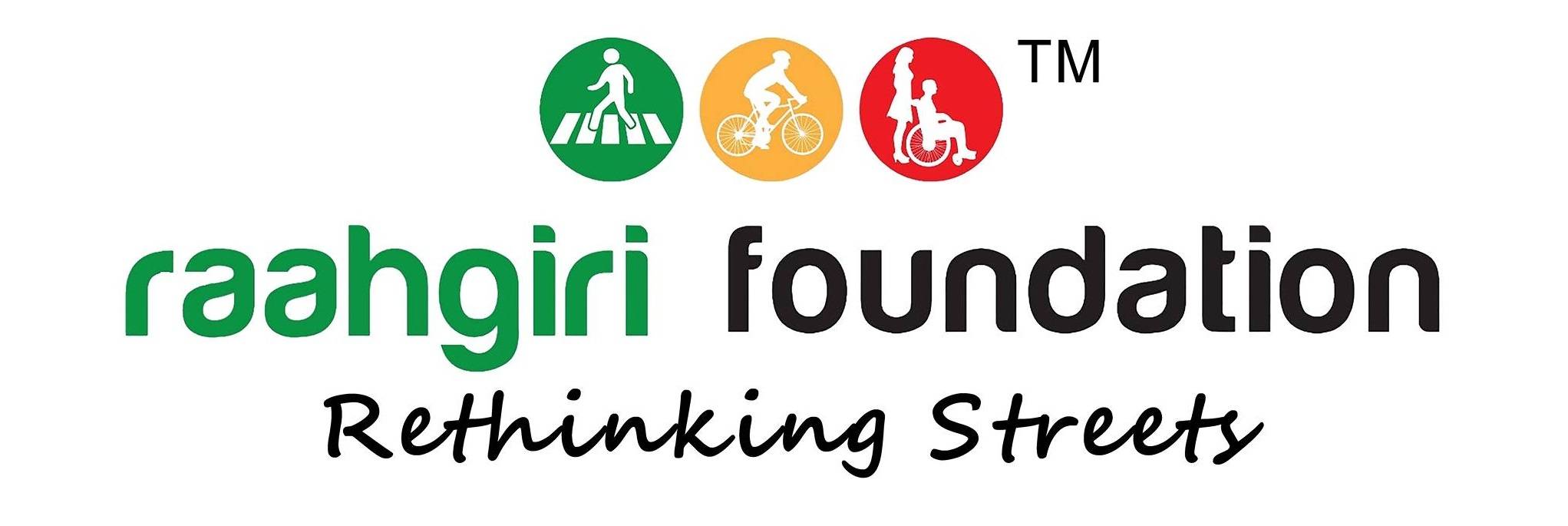
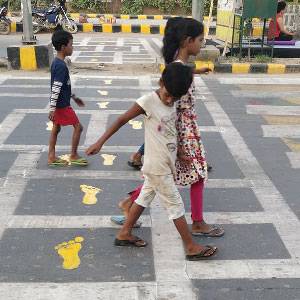
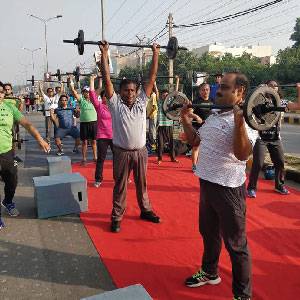
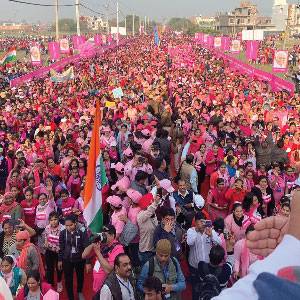
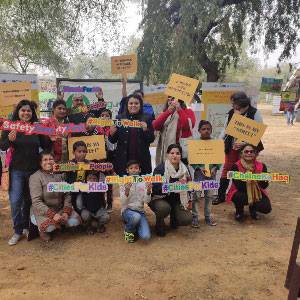
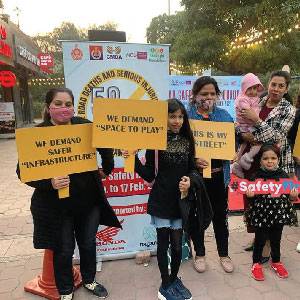
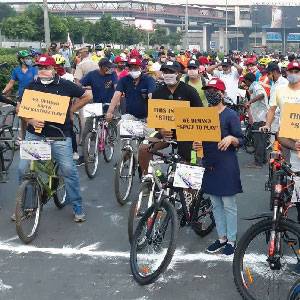
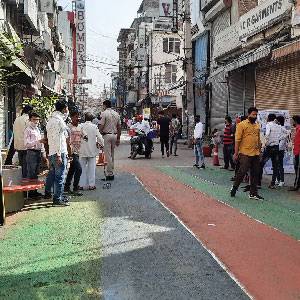
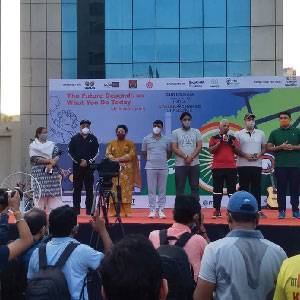
Leave a Reply